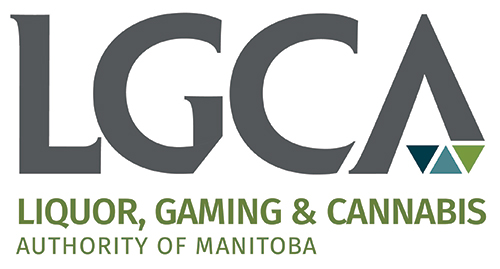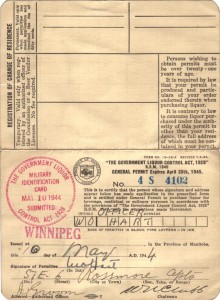Liquor laws are fine-tuned through amendments to the Act. Beer parlours can now be licensed to sell beer by the glass. However, all rules are strictly prescribed in an attempt to establish a moral and respectable public space for drinking.
Beer parlours are purely for the business of drinking – not for pleasure or entertainment. There can be no food, standing, singing, dancing, musical instruments, gambling or games of any kind. Business must be conducted on a cash-only basis – no credit or cheques.
Mixed drinking is forbidden. Women can hold liquor permits and enter beer parlours, but can’t occupy the same space as men. If a hotel wants to serve both men and women, it must have a separate beer parlour for each sex, with separate entrances for each and no communication between the two spaces. Women are also forbidden from selling or handling beer in a beer parlour. Aboriginals and people under 21 are not allowed on the premises.
Manitoba’s only women’s beer parlour opens at Winnipeg Beach in 1928, but is shut down after a few hours because it has not obtained the necessary licence.
The Liquor Control Licensing Board (the Board) is established to control which establishments will be granted permits to sell or serve beer. The Board works with the LCC as part of a larger government-sponsored agency. The following year, the Office of the Chief Inspector is created to enforce liquor laws.
Liquor permit required
Wine and beer can be sold through government-controlled liquor stores to eligible Manitobans holding government-issued permits. These products can be consumed only at the location described on the permit.

